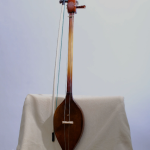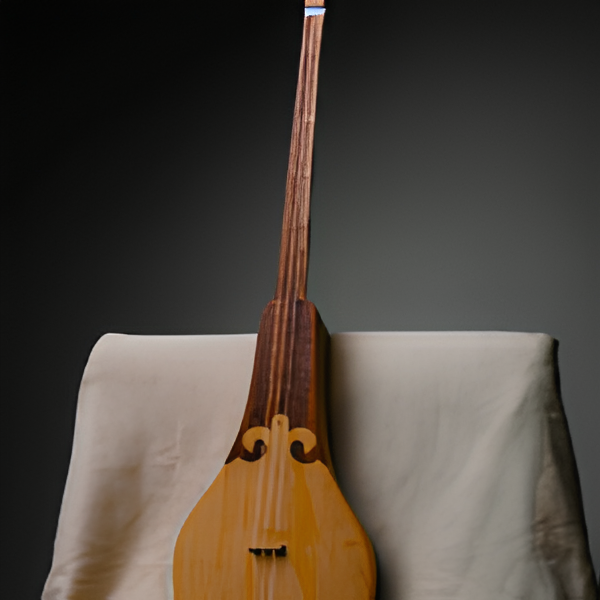A Gift from Admirers from the Republic of Tuva, Russia
DAIDIDAU.KZ
DAIDIDAU.KZ
DAIDIDAU.KZ
DAIDIDAU.KZ
DAIDIDAU.KZ
DAIDIDAU.KZ
DAIDIDAU.KZ
DAIDIDAU.KZ
DAIDIDAU.KZ
DAIDIDAU.KZ
DAIDIDAU.KZ
DAIDIDAU.KZ
DAIDIDAU.KZ
DAIDIDAU.KZ
DAIDIDAU.KZ
DAIDIDAU.KZ
DAIDIDAU.KZ
DAIDIDAU.KZ
DAIDIDAU.KZ
DAIDIDAU.KZ
DAIDIDAU.KZ
DAIDIDAU.KZ
DAIDIDAU.KZ
DAIDIDAU.KZ
DAIDIDAU.KZ
- ThePlus Audio



IGIL
Igil is a bowed instrument with two strings, considered the oldest Tuvan musical instrument. In ancient times, it was believed that the lingering sound of the igil possessed healing and purifying properties and could even establish a connection with spirits.
Most often, the instrument was made by the performer themselves, using traditional techniques passed down from ancestors. The body of the instrument was carved from a single piece of pine, larch, or cedar wood, shaped like a ladle and tapered towards the neck. It was believed that the most resonant sound would come from wood struck by lightning, as this made the wood denser. The bow was made from willow, shaped like an arc, and its strings were made from horsehair. The length of the instrument, usually 80–90 cm, was also associated with the horsehair strings. The igil was often decorated with carvings of a horse’s head, as Tuvans connected the instrument with their most reliable companion — the horse.
Heroic legends from that time describe the intricate process of crafting the instrument, the importance of selecting the right type of wood, and its careful treatment. According to legend, playing the igil was accompanied by rituals, creating a magical and deep sound. Traditional for the region, Tuvan throat singing is inextricably linked to this instrument. Tuvans believe that the sound of the igil helps to reveal the timbre and intonation of the voice.







